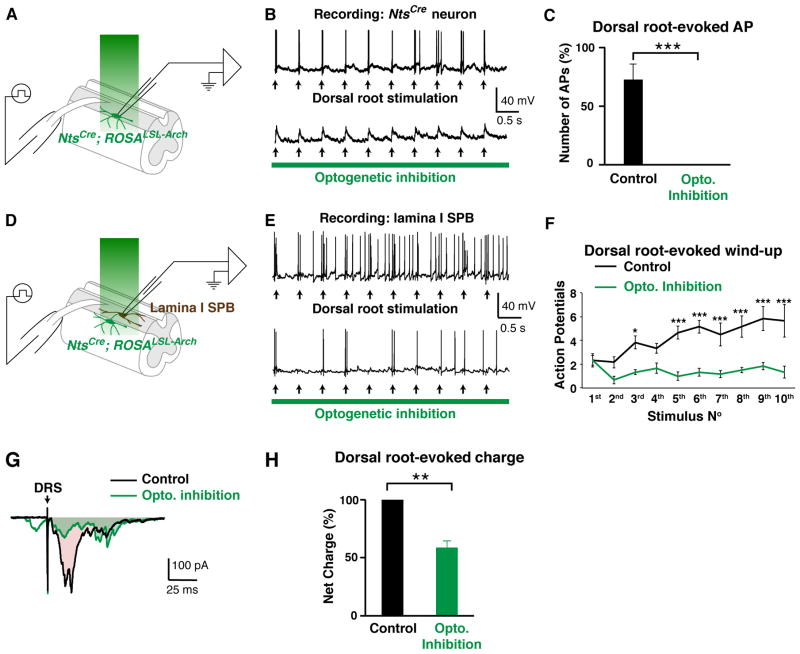Figure 3. Activation of NtsCre neurons induced wind-up in lamina I SPB neurons.
A. Example traces of dorsal root-evoked EPSCs by 2 Hz dorsal root stimulation. Purple arrows indicate likely monosynaptic EPSCs, which have no failure and small jitter. Green arrows indicate polysynaptic EPSCs that have failures or large latency jitter. B. Number of likely monosynaptic EPSCs and polysynaptic EPSCs observed upon dorsal root stimulation. Data are mean ± SEM (n = 13 cells, ** p < 0.01, paired t-test). C. Schematic of optogenetic stimulation and whole-cell patch-clamp recording from a lamina I SPB neuron from NtsCre; ROSA26LSL-ChR2 mice. D – E. Optogenetic stimulation of NtsCre neurons at 2 Hz induced wind-up in 11 of 18 lamina I SPB neurons; example trace (D) and summary (E). Data are mean ± SEM. F. Treatment with APV (50 μM) significantly reduced wind-up by 2 Hz stimulation of NtsCre neurons, which recovered upon wash. Data are mean ± SEM (n = 5 cells, paired; asterisks indicate significantly different than control, ** p < 0.001, *** p < 0.001, **** p < 0.0001, Two-way ANOVA followed by Dunnett’s multiple comparison test). G – H. Optogenetically induced wind-up in lamina I SPB neurons occurs upon stimulation at 2 Hz, but not 0.1 Hz; example trace (G) and summary (H). Data are mean ± SEM (n = 3 cells, paired; * p < 0.01, ** p < 0.01, two-way ANOVA followed by Bonferroni post hoc test). I. Schematic of optogenetic stimulation of the dorsal root and whole-cell patch clamp recording from a lamina I SPB neuron. J. Example trace illustrating that optogenetic stimulation of the dorsal root at 2 Hz does not evoke wind-up in a lamina I SPB neurons. K. Quantification of APs following 2 Hz optogenetic stimulation over the spinal cord (blue) or the dorsal root (black). Data are mean ± SEM (n = 3 cells, paired; ** p < 0.01, *** p < 0.001, Two-way ANOVA followed by Bonferroni post hoc test).

